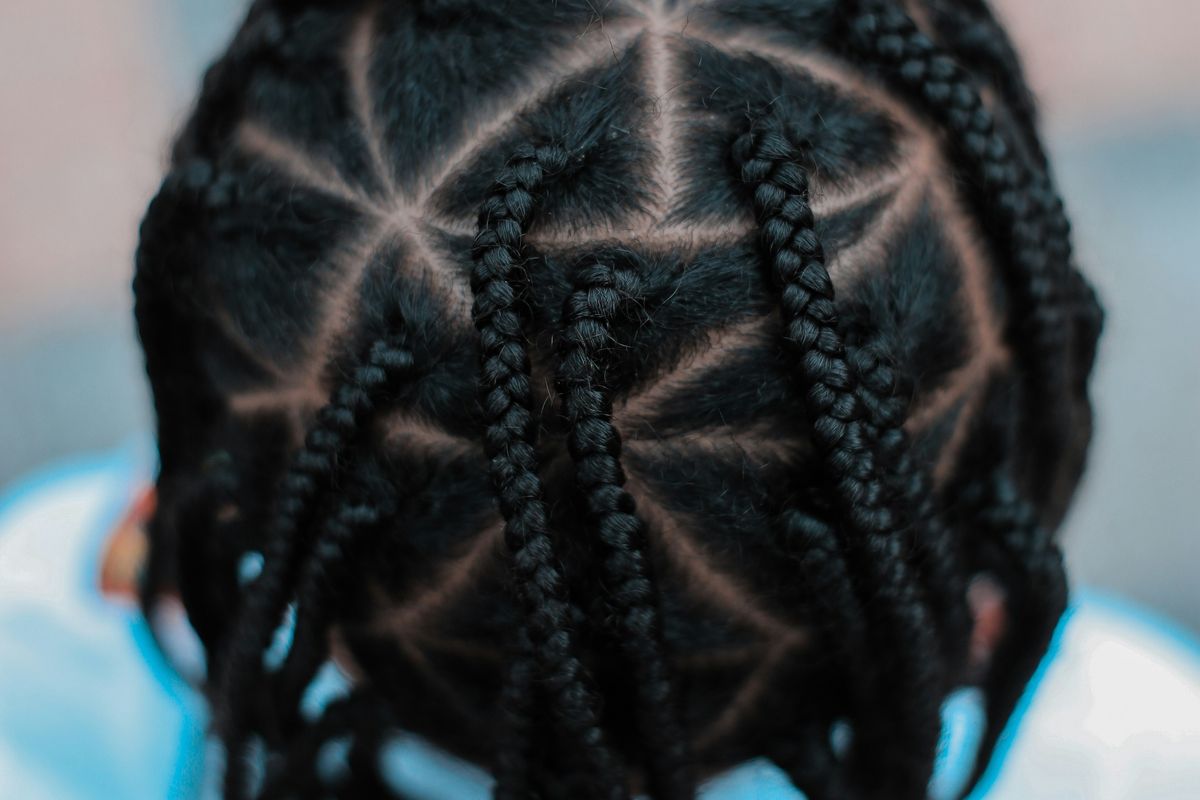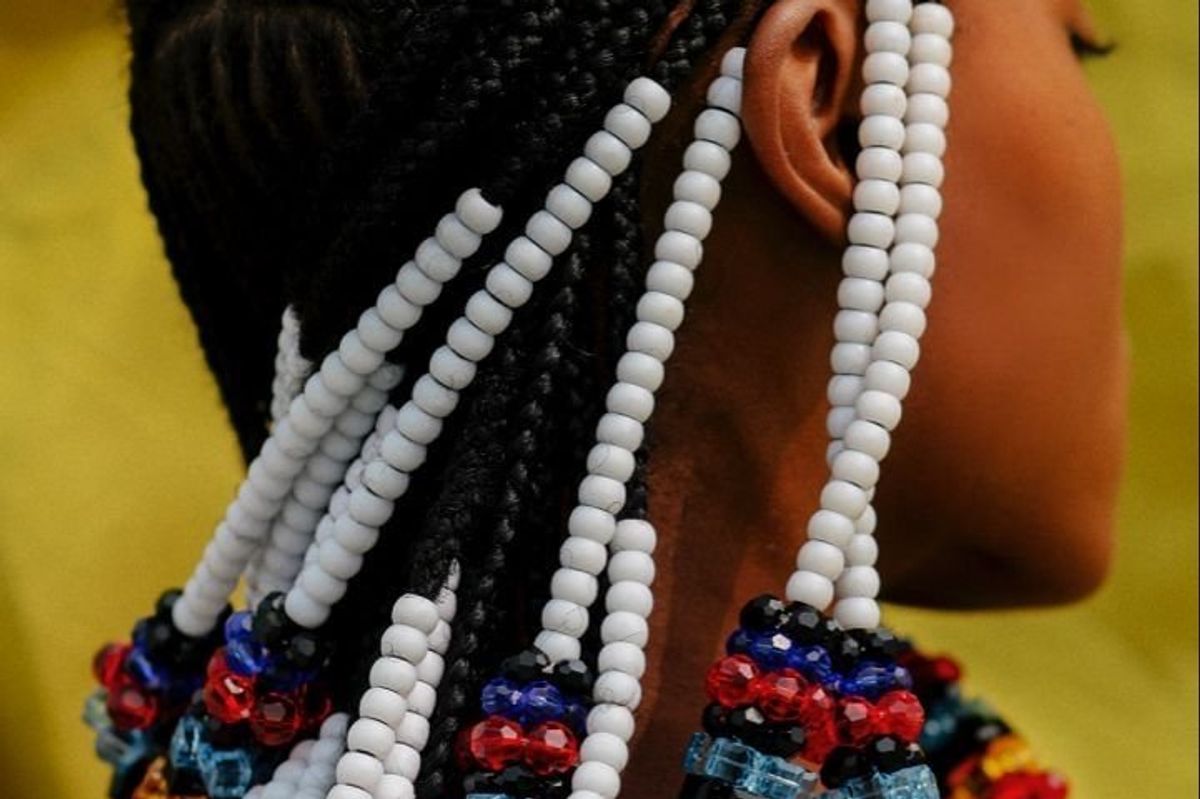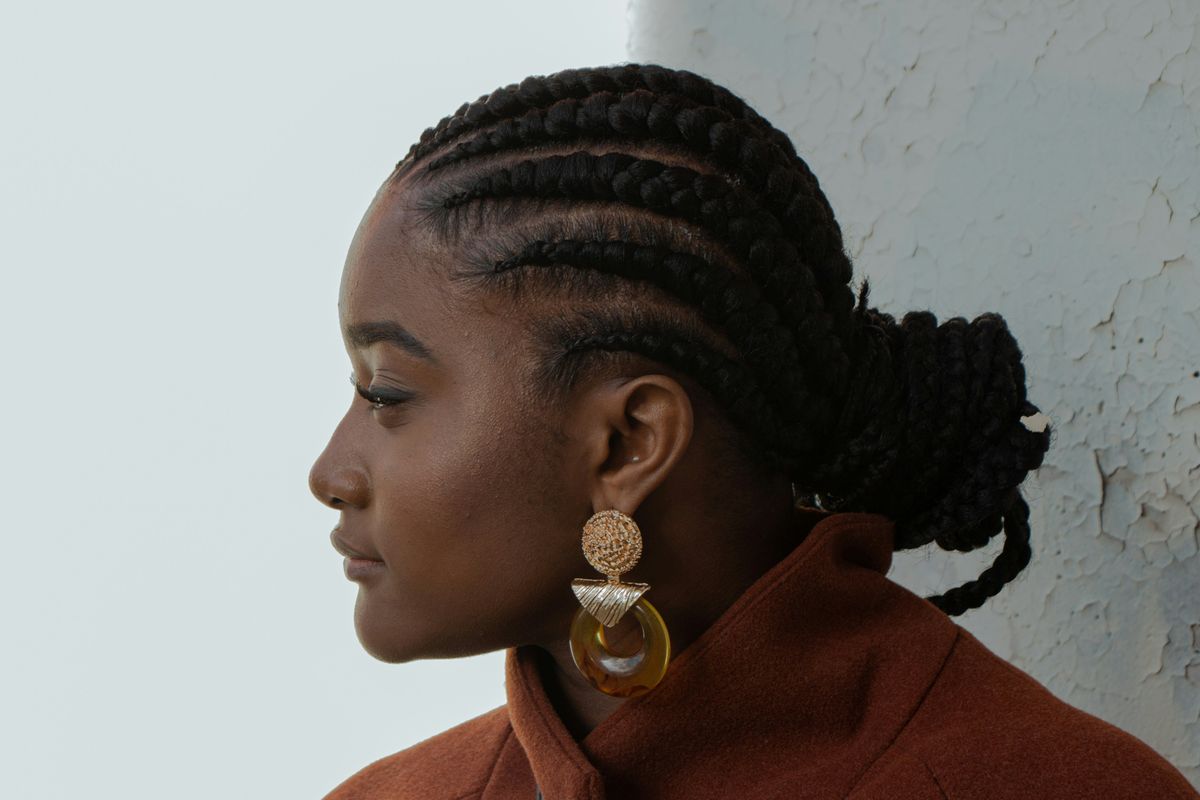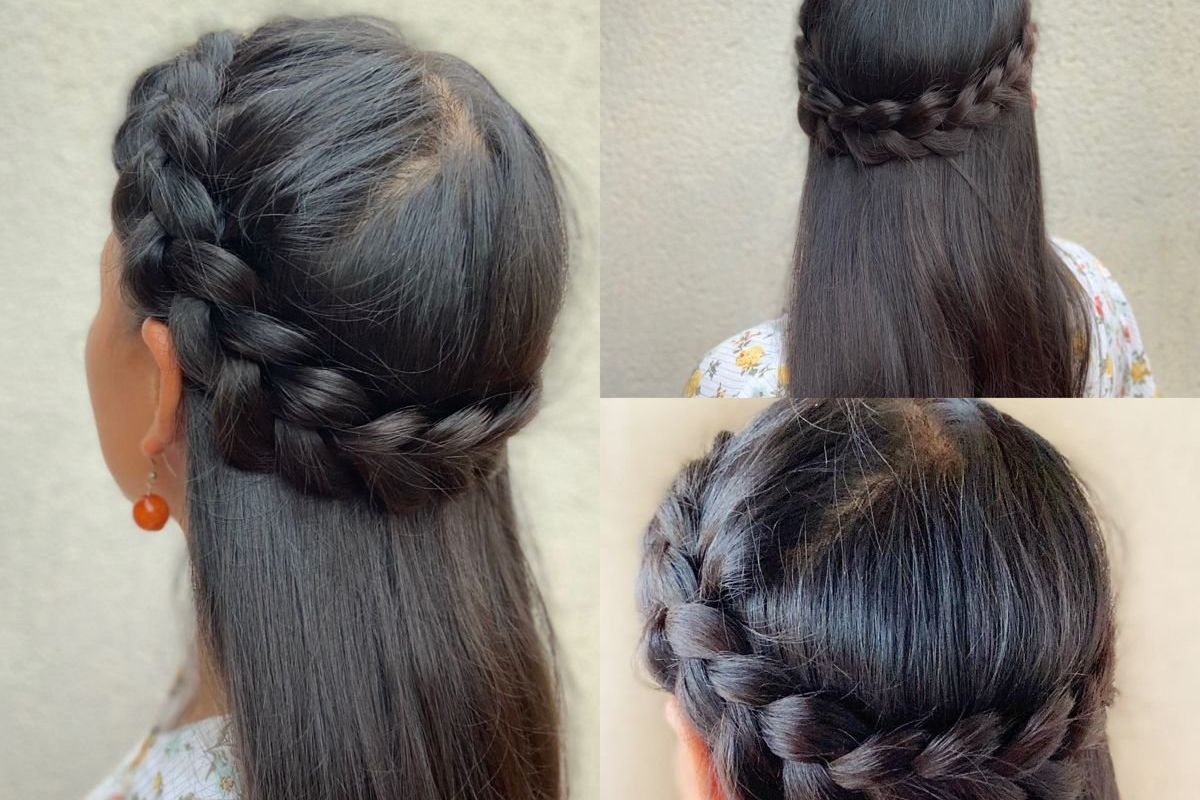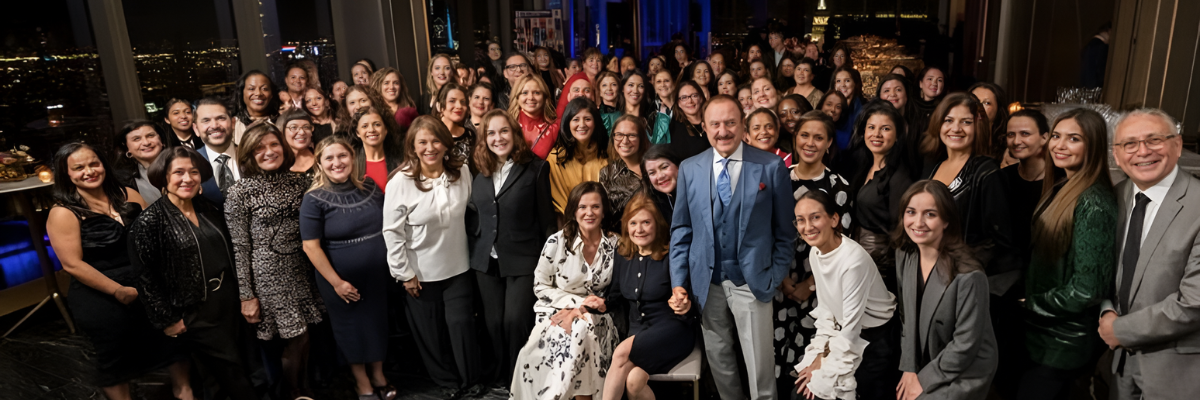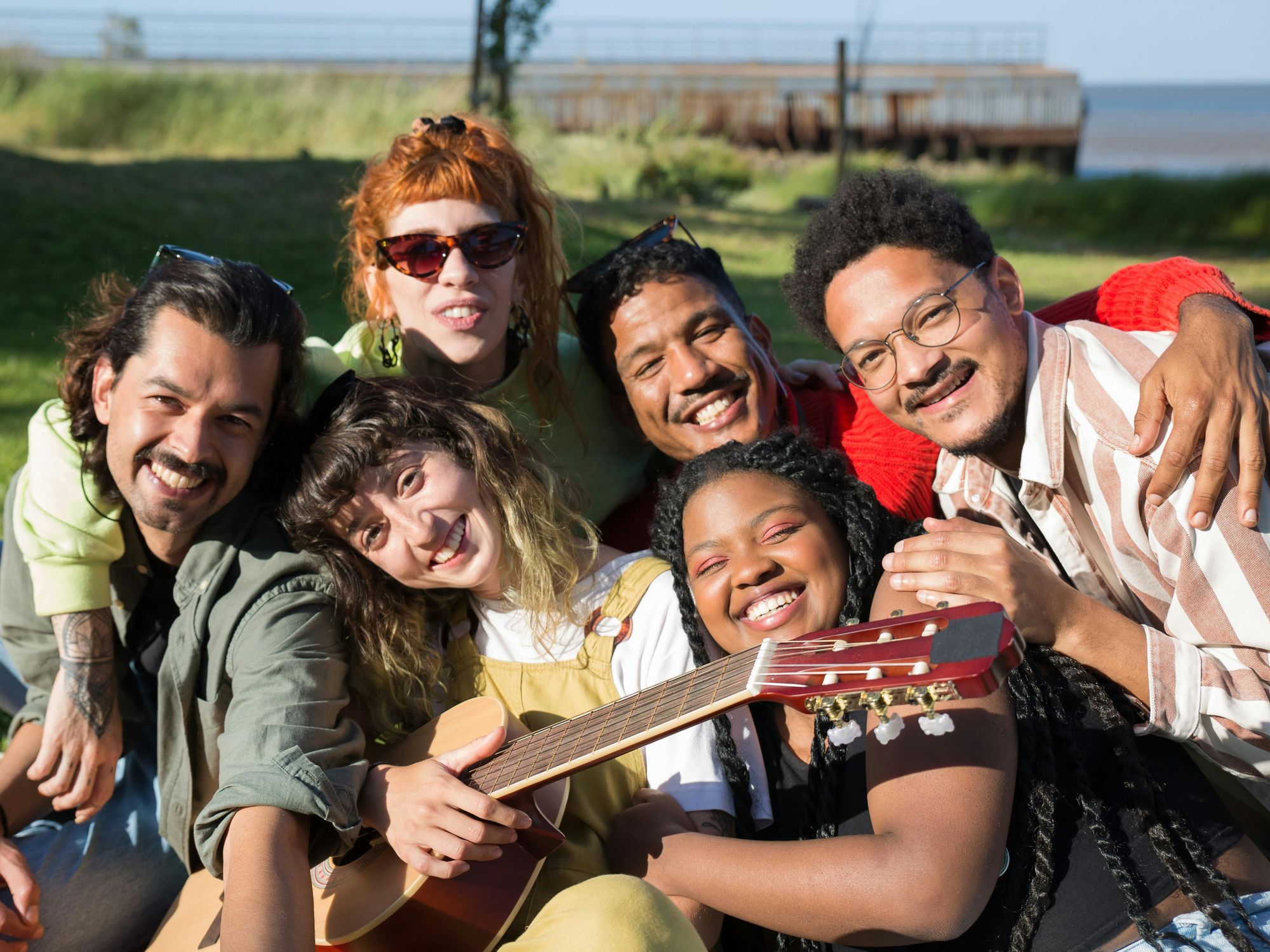
Hairstyles have always been about more than just aesthetics. They’re a symbol of ethnicity, religion, social status, resistance, and more. Through them, ethnic and cultural groups have been able to reclaim their identities in the past and the present. Hair braids are one of those empowering hairstyles that have stood the test of time.
The art of hair braids isn’t specific to one culture or people because it has existed everywhere in many forms, including Ancient America. Mummies hundreds or thousands of years old have been found wearing braids, such as the Pre-Columbian Mummy “Juanita” of Peru.
That said, every culture and people have made hair braids their own, birthing all kinds of styles and traditions around them. Given the growth of the conversation around cultural appropriation and braids, we explore the history of hair braids, particularly as they relate to Latino culture.
Like so many other Latino cultural topics, it’s deeply nuanced.
The History of Hair Braids in Latin America
Andean cultures, like the Incas in Peru and Chile, also have a long history of hair braiding. Indigenous communities like the Quechua and Aymara are also known for their hair braids, which often communicate a person’s identity, connection to ancestors, strength, and vitality. Braids are even used to celebrate or mark life events and milestones.
Within Latino culture, this hairstyle has also been shaped by African people and their hair-braiding art. Because of the transatlantic slave trade, African culture merged with Latino hair-braiding traditions. Enslaved Africans brought their techniques and heritage, which spread because they used their hair as a means of communication.
For example, in 16th-century Colombia, intricate braids represented coded messages to spread information about the slaves’ surroundings, escape routes, and the locations of Spanish troops. African slaves also used braids to carry seeds, grains, and small trinkets. When they escaped, these belongings helped them survive and build communities wherever they went. To this day, hair braiding is a central part of the Afro-Colombian identity.
This is just some of the history of hair braiding in Latin America to give an idea of how ingrained it is into the culture. The integration of African and European ethnic groups has resulted in a wide range of hair textures, from straight to tightly coiled curls. Braiding has been a long-standing practice of hair care, but also of connection to our ancestors and roots.
Is It Cultural Appropriation to Wear Hair Braids?
This is a question most often asked by and for white people, but it’s also something Latinas ask themselves, especially those who are racially white or have lighter skin and can be white-passing. This has a lot to do with the fact that hair braids are primarily associated with Black culture, and they are indeed a central part of Black expression.
However, it’s also true that hair braiding is an integral part of Latino culture and has been for centuries. So, to determine whether wearing braids is appropriation, we have to consider the definition. Cultural appropriation consists of taking something from a culture that’s not your own and engaging with it in an exploitative or disrespectful way.
In the Latino and Afro-Latino communities, hair braiding shouldn’t be classified as cultural appropriation because it’s part of the heritage. It’s a practice that has been passed down through generations as a form of expression, hair care, and cultural pride. In the context of white people, the question is a bit more difficult to answer because it depends on the intention of the wearer and the type of braid as well.
For example, French braids, fishtail braids, and 3-strand braids are usually appropriate for everyone. They don’t hold the same cultural significance for Black or Latino people as box braids, braids with ribbons, beaded braids, side braids, crown braids, and many others, which are steeped in history and tradition.
When it comes to intention, wearing braids as a form of appreciation or a way of connecting to other cultures can be acceptable. For example, people who travel to the Caribbean often come back with braided hair because locals share this part of their culture. It’s also a way for them to make a living, so tourists directly contribute to their livelihoods.
Permanently adopting hair braids, especially the more traditional and culturally significant styles, might be cultural appropriation. Not having a connection to the symbolism and identity that certain styles represent, but wearing them anyway may be disrespectful. It may also be exploitative if there’s something to gain from adopting these hairstyles without regard for or acknowledgment of the communities they belong to.
Hair Braids as a Symbol of Latino Pride
Ultimately, wearing hair braids as Latinas is a great way to honor ancestors and traditions. There’s no rule for Latinas when it comes to wearing most styles of braids. It’s a matter of identifying the reason why they are being worn and how that relates to their identity, community, sense of self, and their politics.
Even if the decision is made not to wear hair braids, learning about them and sharing the knowledge can help bring the community closer together. A big part of bonding with one another is finding connections through sharing the different aspects of our culture, even if we don’t always partake in them.
Recognizing where hair braids come from and their influences, whether they’re African or Indigenous, is an effective way to help create awareness about our diverse experiences and relate more closely to the Latino community. Especially when that community is often overlooked and intentionally kept out of important historical narratives.

